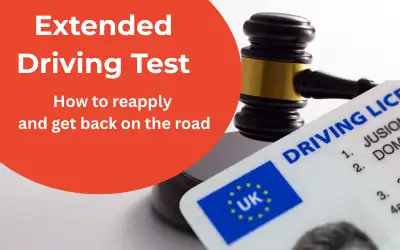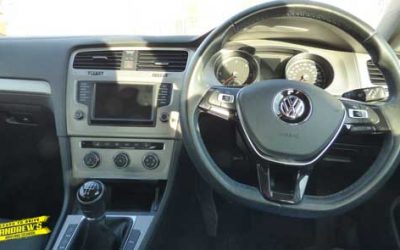When to use fog lights
and what The Highway Code and Law says about when to use fog lights
As autumn and winter roll in, you might find yourself using your fog lights a bit more often than usual, so let’s chat about what the law really says about them and figure out when it’s cool to use them and when you should probably skip it.
When Should You Use Fog Lights?
Fog lights are meant to be used only when you can’t see more than 100 metres ahead, which is about the length of a full-sized football pitch according to the Highway Code. If the fog is so thick that it’s hard to spot other cars, switching on your fog lights can really help you see better and make sure other drivers see you too. Just keep in mind that these lights are for low visibility situations only, and using them when it’s not foggy can distract fellow road users.
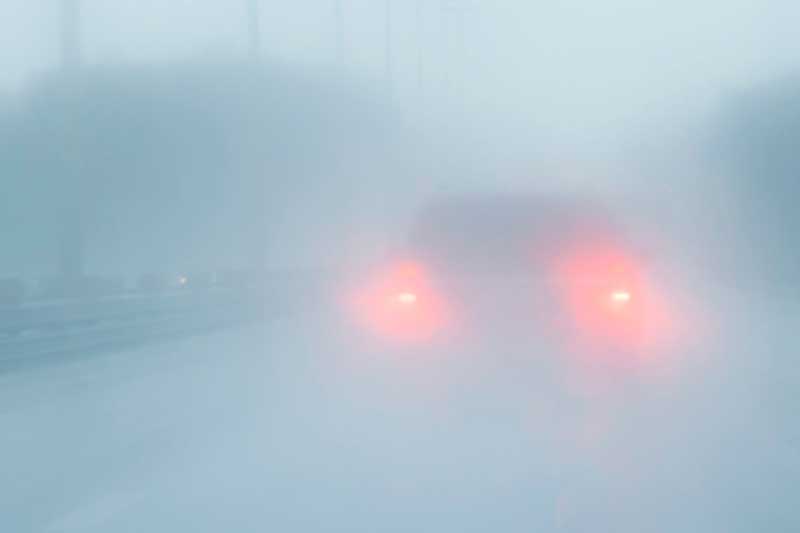
Rear fog lights
Even with fog lights on it can be difficult to judge distances in fog
Is having fog lights on my car a legal requirement?
Having at least one rear fog light has been a legal requirement on all cars and vans in the UK since 1979.
While many car manufacturers fit two rear fog lights, front fog lights are often an added extra or are usually only found on the higher spec models.
What’s the Penalty for Not Using Fog Lights?
Just a heads up, while there aren’t any specific laws that say you must use fog lights when visibility is low, cops can still give you a warning or a ticket for general stuff like driving carelessly if they see you zooming around without them during foggy weather. Also, if you’re getting ready for your MOT test, make sure your fog lights are in good shape, because if they’re not working, it could mean your car doesn’t pass the test.So knowing when to use fog lights could save you a fine as well.
Is It Illegal to drive with Fog Lights Turned On if its not foggy?
Using fog lights when they’re unnecessary is prohibited by law, as they can easily overwhelm or distract other drivers. This rule applies even during rainy weather. While rain may impair visibility, fog lights are specifically intended to penetrate fog rather than rain. If law enforcement stops you for improperly using fog lights, you may receive either a verbal warning or a fixed penalty notice.
Why should you turn your fog lights off when visibility improves?
If you forget to turn off your fog lights when visibility gets better, it can really cause some safety issues on the road because that bright glare might blind other drivers for a bit. This can make it tough for them to drive safely and could lead to accidents, putting everyone at risk. So, it’s super important for all drivers to stay aware and change their lights when needed to keep the roads safe for everyone.
How to Turn On Fog Lights
And when to use fog lights
When it comes to fog lights, UK law says you need to have rear fog lights in your vehicle, but not every car comes with front fog lights. To figure out what lights your car has and how to use them, just check out your owner’s manual. You can usually spot front fog lights by a symbol that shows a lamp angled to the left with some diagonal lines and a wavy line. You can turn these on with a button on your dashboard, on your steering wheel, or by using the light control dial. The rear fog light symbol looks similar but has a lamp pointing to the right with straight horizontal lines and a wavy line. You should find a dedicated button for the rear fog lights on your dashboard, but if it’s giving you a hard time, your owner’s manual will be your best friend since layouts can vary between different models. With autumn and winter coming up, driving can get trickier, so don’t forget to check out our website for some handy guides to help you stay safe during the colder months. We’ve got your essential winter car pack checklist, tips for driving in snow and ice, and advice on how to get your vehicle ready for winter.
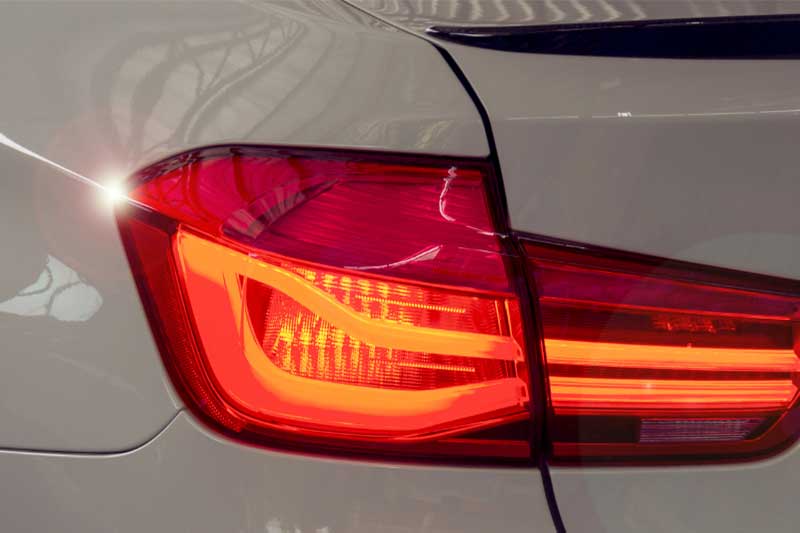
Rear Fog Light
Bright red lights at the back of your vehicle really help you stand out in foggy weather, but keep in mind that when it’s clear out, those lights can be pretty distracting for drivers behind you.
What do fog lights look like?
Dazzled by the Fog Lights
Using rear fog lights is a smart move when visibility is really low, especially when you can’t see more than 100 metres ahead. They help other drivers see you better, which can make a big difference in avoiding accidents. But once the visibility improves, turning them on can actually be a problem for drivers behind you since the bright light can be distracting and even blinding, increasing the risk of crashes. So it’s important to switch on your rear fog lights only when the conditions call for them to keep everyone safe on the road.
Front Fog Lights
Front fog lights are great for helping others see you on the road, and they come in handy for you too when you’re driving through foggy weather. These lights shine a bright, wide beam that cuts right through the mist, making it easier for you to navigate in low visibility. Unlike regular headlights that can bounce light back at you and create glare, front fog lights are designed to reduce that effect, so you can keep a clear view ahead while also being more visible to other drivers. This mix of visibility and safety makes front fog lights a smart addition to your ride, especially when the weather takes a turn for the worse.
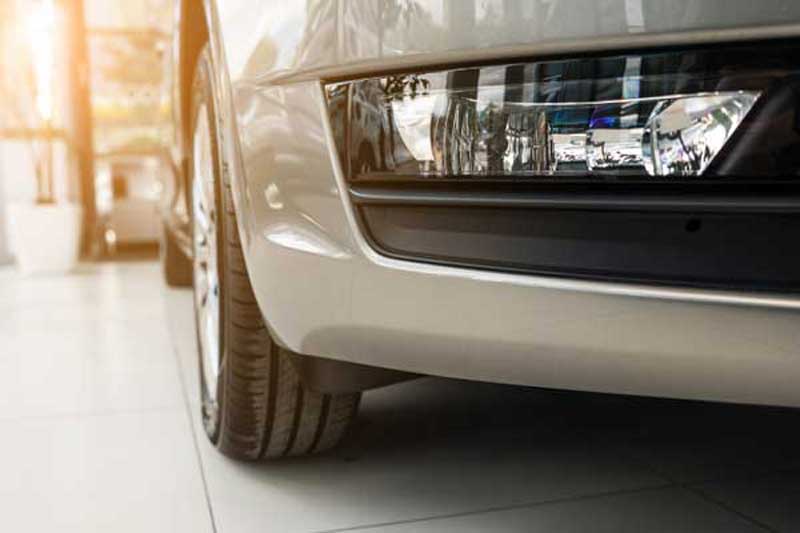
Rear Fog Light

When the fog rolls in thick, it’s wise to take a break and enjoy the comfort of your home for a bit.
Fog is one of the most dangerous conditions to drive in and should be avoided if possible. However there may be times when a journey is essential, or you could be out somewhere when the weather takes a turn for the worse and you will have no choice but to drive through the fog.
Fog doesnt usually come alone it is often accompanied by ice, sleet or snow, so stay at home if you can, and if you must drive use your foglights correctly and take extra care in these conditions.
Check out our page on winter driving for more advice about driving in the winter months.
How to switch on fog lights
To switch on fog lights, look for the fog light switch, which is usually located next to the headlight and sidelights switch in most cars. For example, in a Suzuki Swift, you can easily activate them by twisting the collar with the fog light icon. A quick upward twist will turn on your rear fog lights, just like in the picture. In Ford vehicles, you’ll find separate switches for the front and rear fog lights, conveniently positioned just to the left of the main light dial, making it simple to operate.
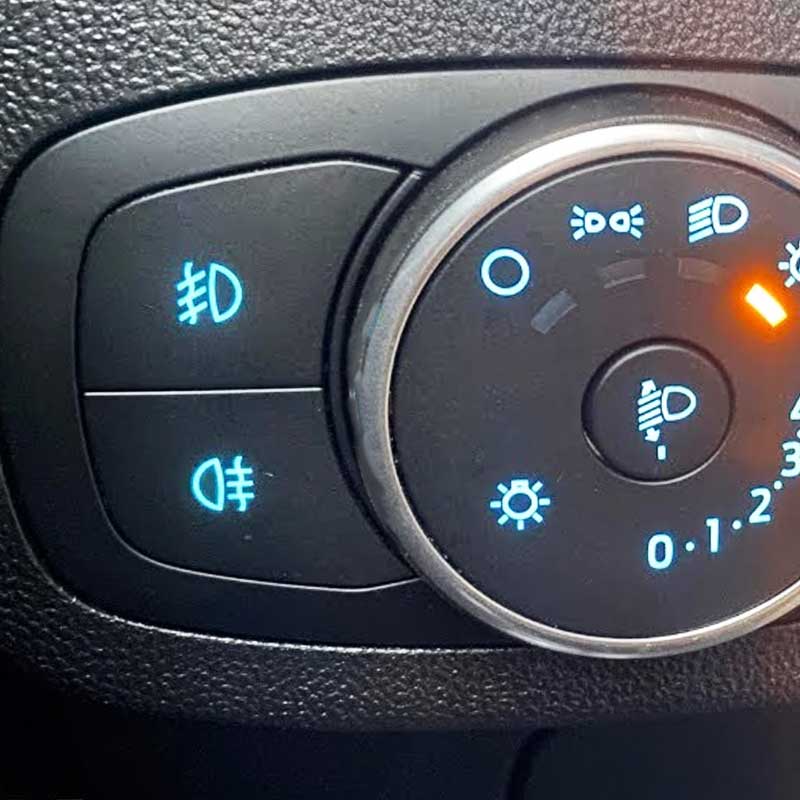
Ford Focus Fog Light Switch Location
You can easily spot the fog light switches in Ford vehicles right next to the steering wheel on the right side, making them super handy for you to use while you’re driving.
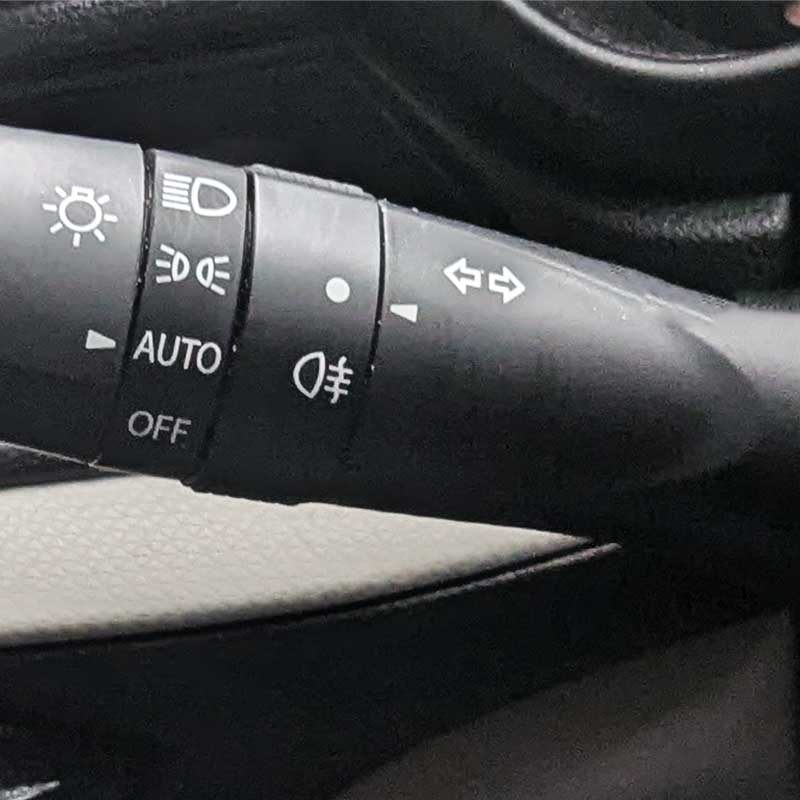
Suzuki Swift Fog Light Switch Location
You’ll find the fog light switch in your Suzuki Swift right on the left side of the steering column stalk. Just give the collar a twist to turn on the fog lights, making it super easy to reach and use whenever you need a boost in visibility during those tricky weather conditions .
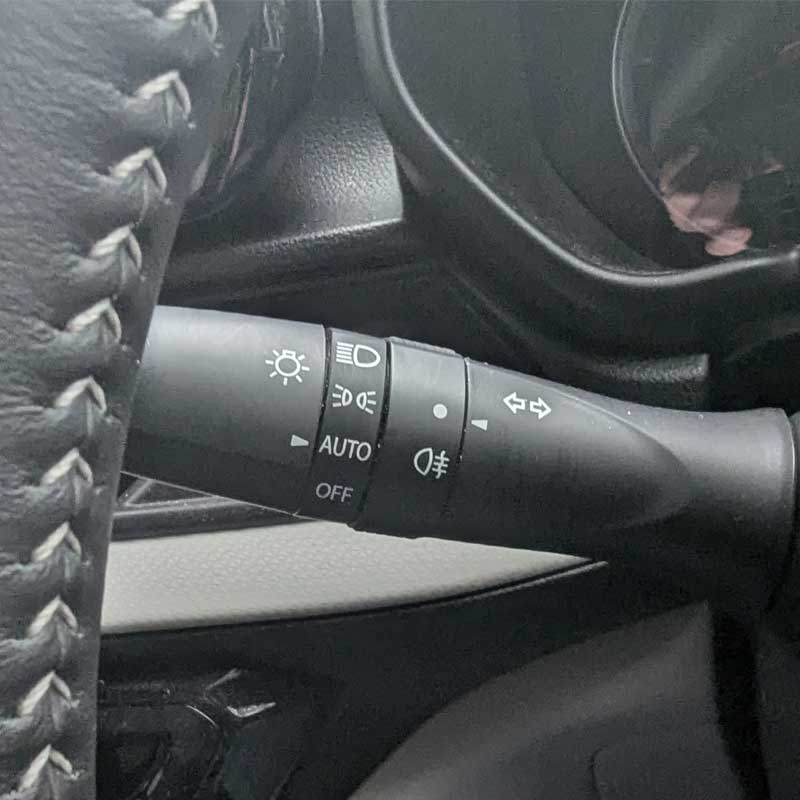
Mazda 2 Fog Light Switch Location
The fog light switch on the Mazda 2 is located on the stalk, similar to Suzuki models. This common feature in many Japanese cars allows drivers to easily control the fog lights, enhancing the driving experience by keeping essential controls within reach and ensuring safety in various conditions.
Driving Advice for new drivers
Driving Test Faults Explained Major, Minor What makes a fail.
Driving Test Faults Explained, what makes minor or major, and how many faults can you accrue on your driving test
What You Need To Know About Driving In Winter
Winter Driving advice , Demisting and driving in Snow, Rain, Ice, Wind or fog. Learn how best to deal with the worst winter driving conditions.
Summer driving tipsdrivi
Great tips and advice for summer driving, from staying hydrated to keeping your windscreen clear. Stay safe on the roads this summer with our top tips.
How to pass your driving test first time
If you have a driving test coming up read our top tips to help you pass the driving test first time. Also driving test marking sheet explained. What to expect on test day? What car will I use for my driving test? How many minors can i get on my test? Answers to all of these questions.
How Many Driving Lessons do I Need?
How many lessons do I need, find out the average amount of driving lessons needed to pass your driving test.
Learner Drivers on Motorway
Learner drivers are now allowed to have driving lessons on Motorways. This new ruling came into force on 4th June 2018.
Extended driving test
What you need to know if you need to take an extended driving test. If you have been ordered by a court to take an extended test we have information to help you to get your license back.
Find a good driving instructor
Find a good driving instructor
Learning to drive with parents
A few guidelines to help you with private driving practice.
Why You Need Breakdown Cover
Breakdown cover is essential if travelling far from home or on motorways, read our guide explaining different types of cover available.







